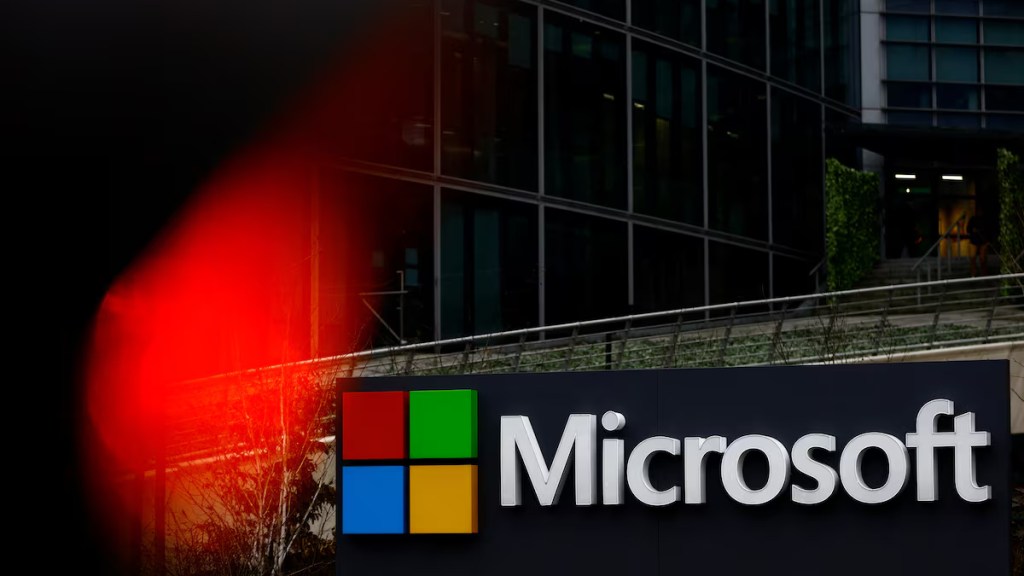In a significant cybersecurity mishap, CrowdStrike’s recent update led to a massive outage, affecting 8.5 million Windows machines worldwide. The incident, caused by a bug in the company’s Rapid Response Content update, triggered widespread system crashes and highlighted critical flaws in the update process. As CrowdStrike scrambles to address the fallout, the company has pledged substantial improvements to prevent future disruptions.
The CrowdStrike incident serves as a stark reminder of the potential risks associated with software updates. The company’s response and planned improvements are crucial for restoring confidence and ensuring that such a large-scale failure does not occur again. As CrowdStrike implements these changes, users and businesses can look forward to more reliable and secure updates in the future—hopefully.
Here are the key aspects of the incident and the steps CrowdStrike is taking to restore stability and trust:
- Overview of the incident: On a fateful Friday, a problematic update from CrowdStrike, a leading cybersecurity firm, led to one of the largest outages in Microsoft Windows history. The incident, which affected 8.5 million Windows machines, has been attributed to a bug in CrowdStrike’s content update process. The company’s Falcon software, crucial for managing malware and security breaches, inadvertently crashed systems across the globe.
- The faulty update: CrowdStrike’s Falcon software regularly receives updates to enhance its malware detection capabilities. Last week’s update, designed to “gather telemetry on possible novel threat techniques,” included a configuration change that was intended to refine the system’s detection capabilities. However, this update resulted in Windows operating system crashes for millions of users.
- Types of updates and their impact: CrowdStrike’s updates come in two forms: Sensor Content and Rapid Response Content. Sensor Content updates the Falcon sensor directly at the kernel level, while Rapid Response Content modifies how the sensor detects malware. The issue on Friday was caused by a small, 40KB Rapid Response Content file that led to the system failures.
- The bug in content validation: CrowdStrike’s internal validation system is designed to prevent problematic updates from being released. However, a bug in the Content Validator allowed a faulty Rapid Response Content update to pass validation. This oversight meant that the problematic content was pushed to millions of systems without proper scrutiny.
- The mechanism of failure: The problematic update triggered an out-of-bounds memory exception in the Falcon sensor’s Content Interpreter. This unexpected exception was not handled gracefully, leading to a Blue Screen of Death (BSOD) error on Windows machines. This crash resulted in significant disruptions for businesses relying on CrowdStrike’s security software.
- The company’s response: In response to the incident, CrowdStrike has committed to improving its testing and validation processes. The company plans to enhance its Rapid Response Content testing by incorporating local developer testing, rollback testing, stress testing, fuzzing, and fault injection. These measures aim to ensure that future updates do not cause similar issues.
- Planned improvements in validation: CrowdStrike is also revising its cloud-based Content Validator. The update includes a new check designed to prevent problematic content from being deployed. This improvement aims to enhance the accuracy and reliability of the validation process for all content updates.
- Enhancing error handling: On the driver side, CrowdStrike will enhance error handling in the Content Interpreter, which is a critical component of the Falcon sensor. These improvements will help manage exceptions more effectively and prevent system crashes. Rapid Response Content updates roll-out will now be staggered, CrowdStrike says.
- Staggered deployment strategy: Instead of pushing updates to all systems simultaneously, CrowdStrike will adopt a staggered deployment approach. This strategy involves gradually rolling out updates to a portion of its install base. This approach aims to minimise the impact of any future issues by allowing problems to be detected and addressed before a full deployment.
- Expert recommendations and future outlook: Security experts have recommended these changes to prevent future outages. By improving error handling and testing procedures, CrowdStrike aims to bolster the reliability of its updates and protect millions of users from disruptions.








